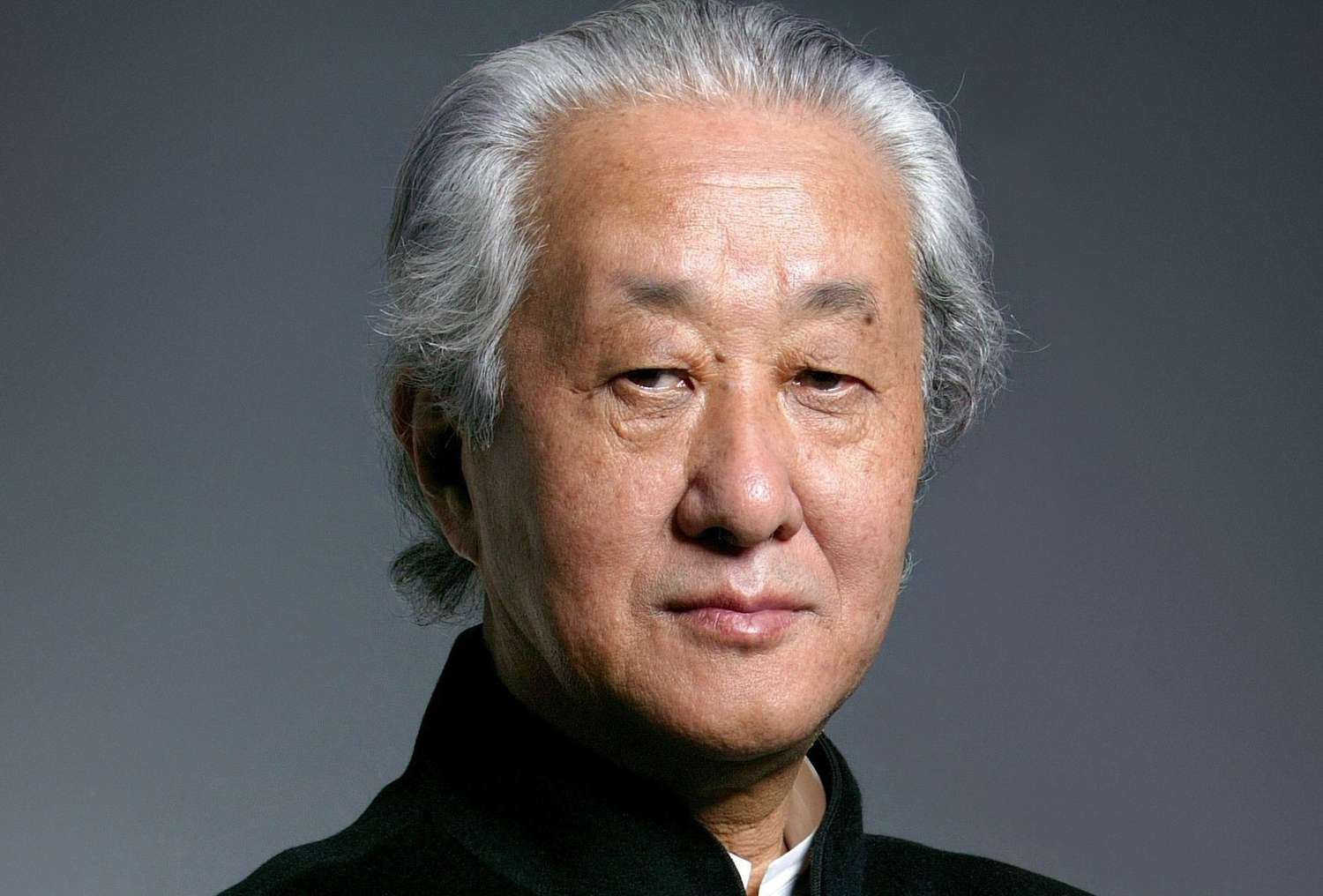Emperor of Japanese architecture: Who is Arata Isozaki?
Using a style that reflects both Japanese traditions and western post-modern influences, he took his place as one of the most important architects in the world.

Using bold, exaggerated forms and creative details, the artist was awarded the 1986 Royal Gold Medal and the 2019 Pritzker Architecture Prize. He also said the following about his own personality and architectural style:
“My personality is always to make a difference. To design according to the current situation and environment by considering the architectural style as a solution without being bound by a single style. Therefore the style is different and should be different each time.”
He was 14 years old when the nuclear bombs were dropped on Hiroshima and Nagasaki. “My hometown was burned to the ground when I was old enough to understand the world,” he says, “I grew up in Hiroshima near the epicenter of the explosion. Everywhere was in ruins. My first experience with architecture was a lack of architecture; There were no buildings, not even a city.”
Arata Isozaki was born in Oita, Japan in 1931. Winner of the 2019 Pritzker Architecture Prize, architect, urban planner, and theorist. During childhood and youth; II. World War II and the explosion of the atomic bomb in the city of Nagasaki greatly influenced his vision and architecture. No architectural structure is permanent forever, he started to think about how to rebuild a destroyed city from scratch, so he preferred the architecture program at Tokyo University and completed his education with a doctorate.
Isozaki began his career with Kengo Tange, who received the Pritzker Prize in 1987. Kengo Tange has become one of the most important architects of the 20th century, as well as one of the teachers at his university. Learning a lot from Tange's architectural style and philosophy, Isozaki established his own office, Arata Isozaki & Associates, in 1963 after 9 years as an apprentice. II. He contributed greatly to the rebuilding of his country during the period when World War II had just ended and Japan regained its independence. In this context, his most important works include Ōita Prefectural Library, Expo '70 Festival Plaza, Gunma Museum of Modern Art, and Kitakyushu Municipal Art Museum.
Isozaki drew on the “Ma” philosophy, which defines the spaces between objects in his designs. “Ma” is a Japanese word that means pauses between sounds, spaces between forms, or pauses between motions. This word is also referred to as emptiness and space-time void, breathing. Ma is the basic time and space needed for the continuation of life. “If we don't have time and space is limited, we can't grow.” defends his opinion.
Known as the first Japanese architect to work on a global scale, Arata Isozaki has created products in many different styles, from traditional architecture to advanced technology, taking great care to evaluate each project according to its context and needs. He has designed over 100 public and cultural structures in many countries such as Japan, Spain, America, China, Italy, and Qatar. Among these designs, MOCA (Los Angeles Museum of Contemporary Art) took its place as the first work he designed outside of Japan. Thanks to the fact that four floors of the building, which is one of the most important representatives of Postmodern Architecture, are designed above the street level; The building, most of which is underground, questions the urban character of the area it is on.
Isozaki, which is a multidisciplinary way of working (everybody does their own thing on a common subject without having to deal with what the other is doing), besides urban design; He took part in projects and competitions as a designer, writer, critic and jury member in the fields of fashion, graphics, furniture, and stage design. In 1970, he designed the Osaka Promotional Robot, which was used as a means of transportation for the Osaka Expo. He proposed City in the Air, a futuristic project for Tokyo's Shinjuku district, which sought solutions to the problems of fast-growing urbanism.
Eleven key projects by Japanese architect Arata Isozaki
WHO IS ARATA ISOZAKI, BEST ARCHITECT OF THE YEAR ?
